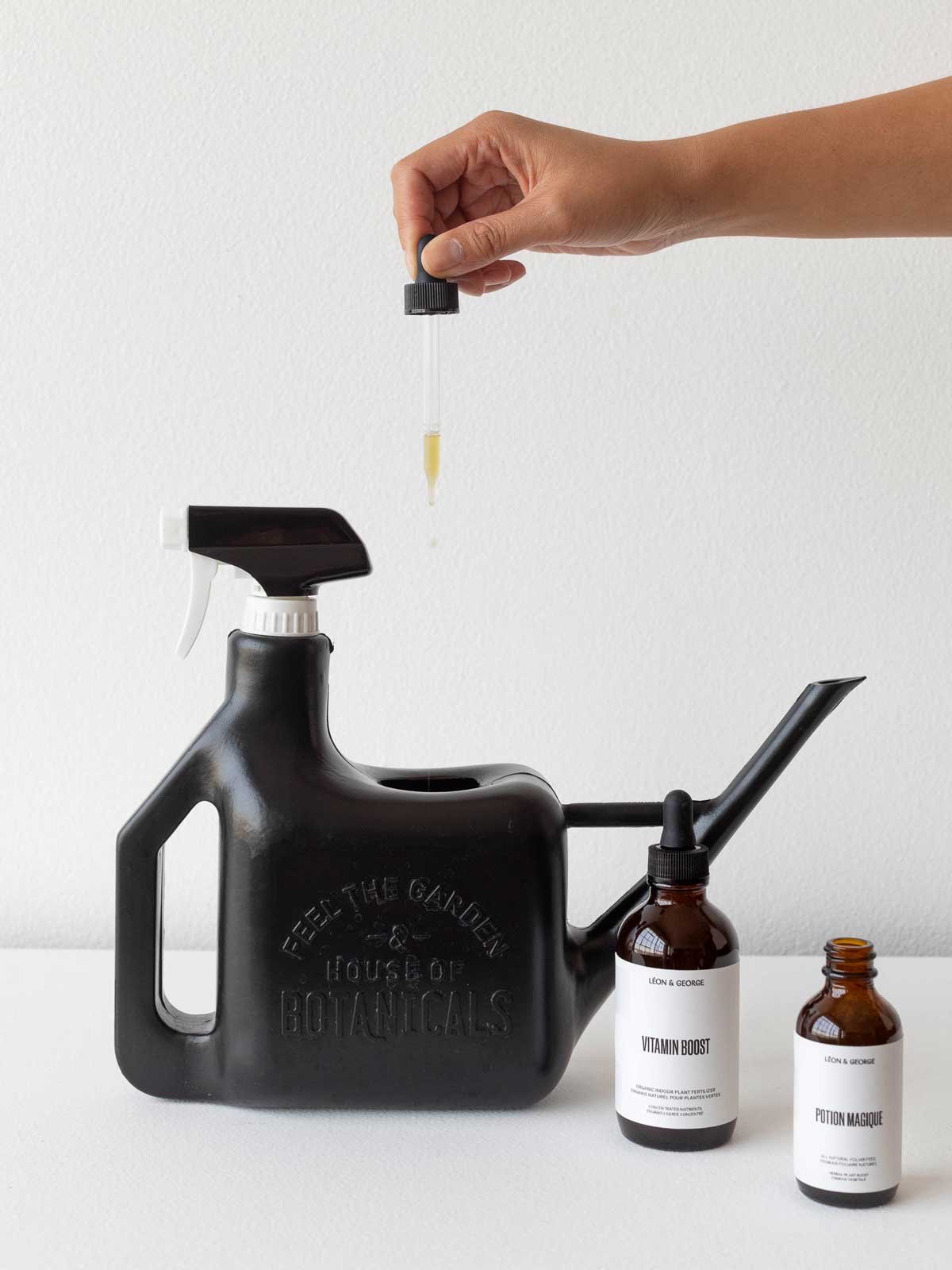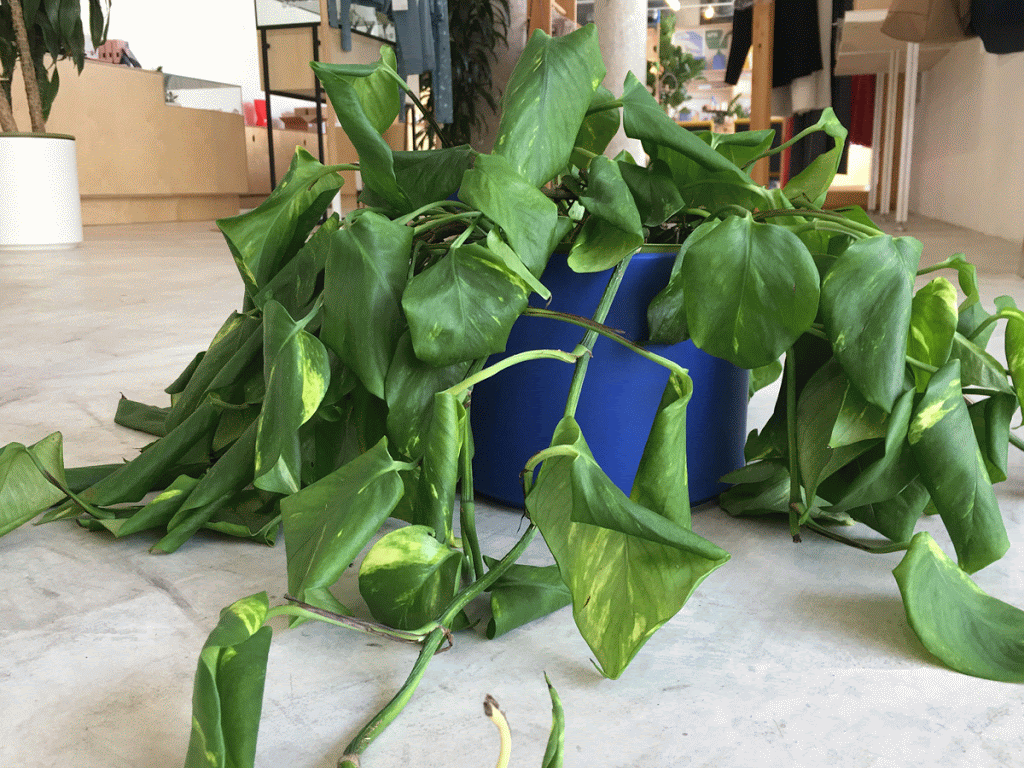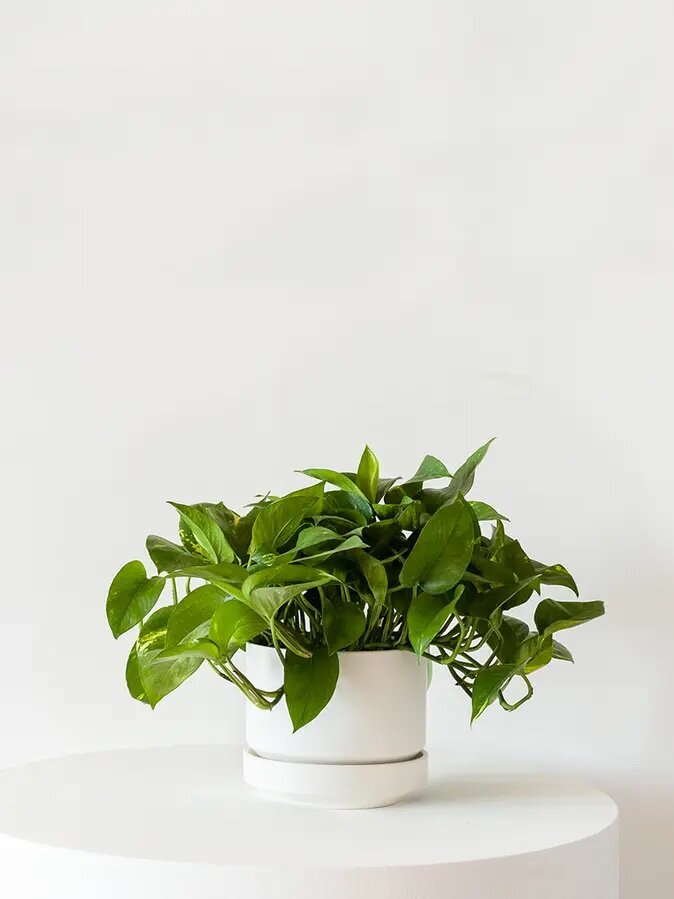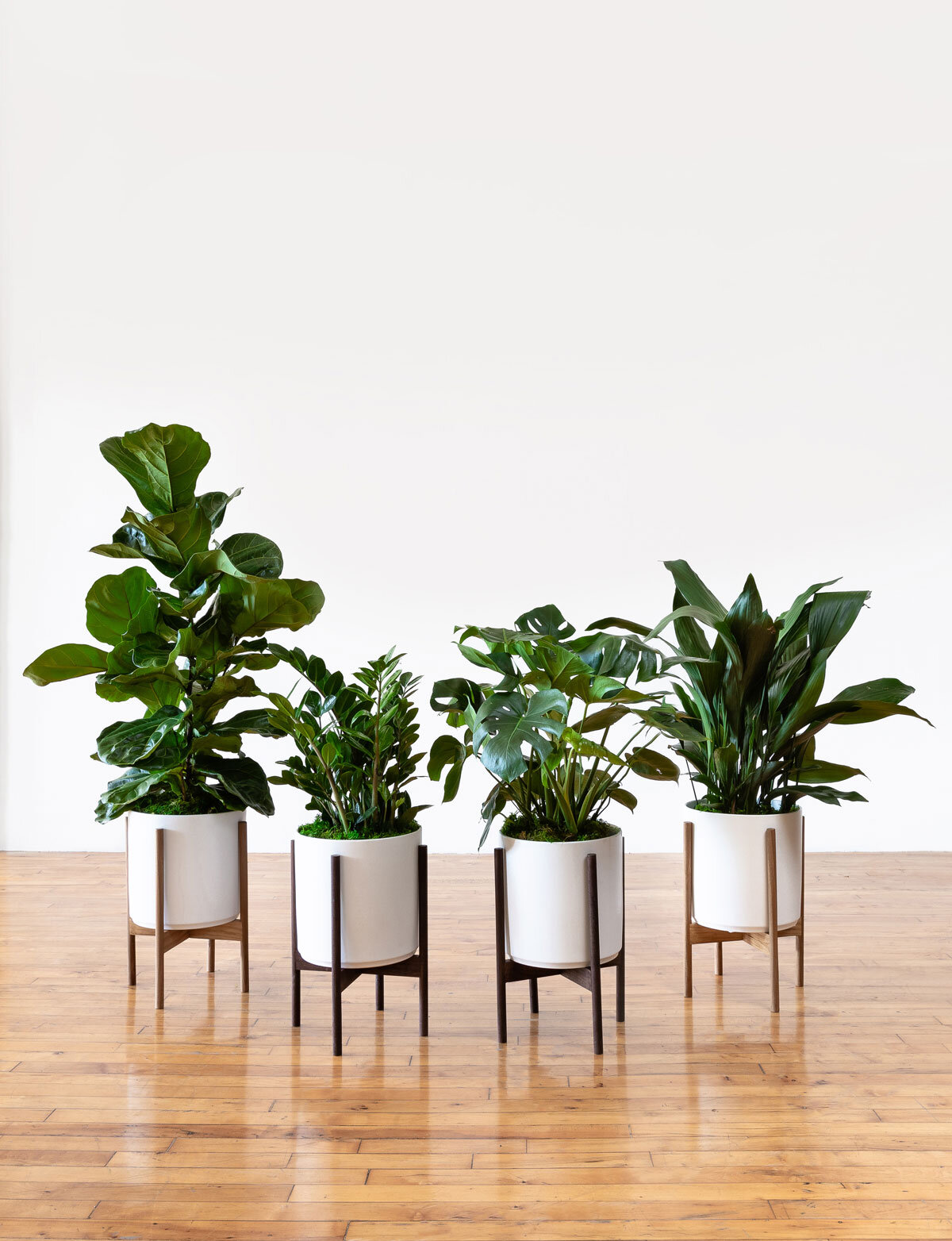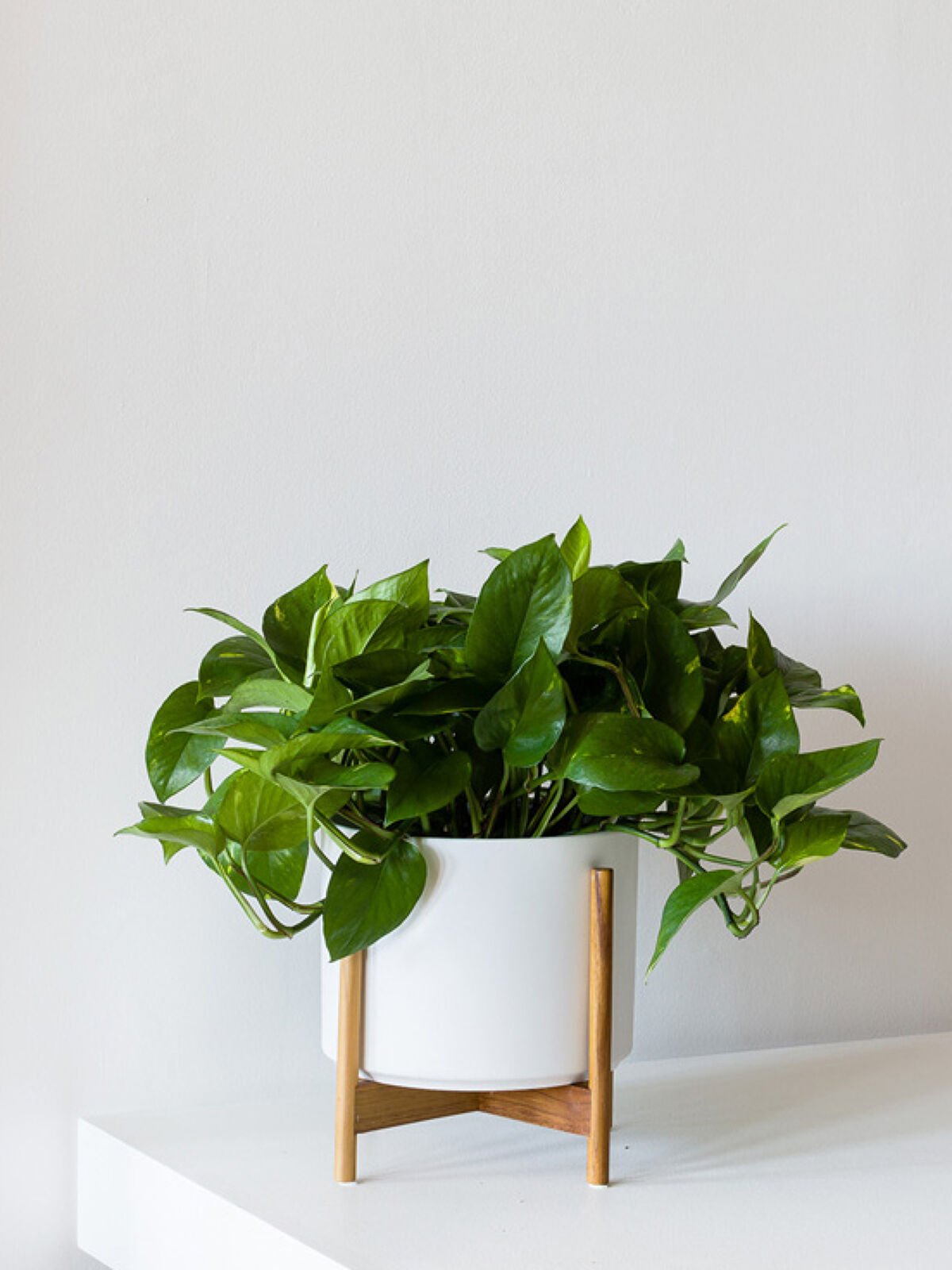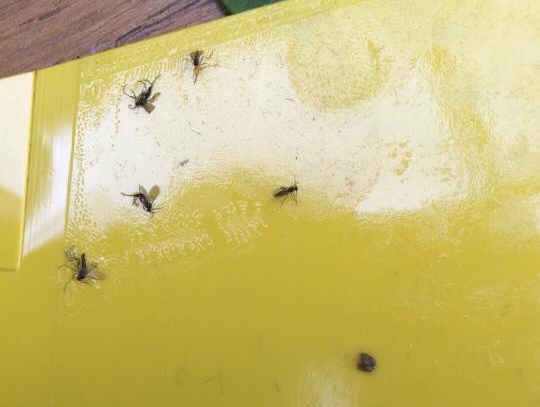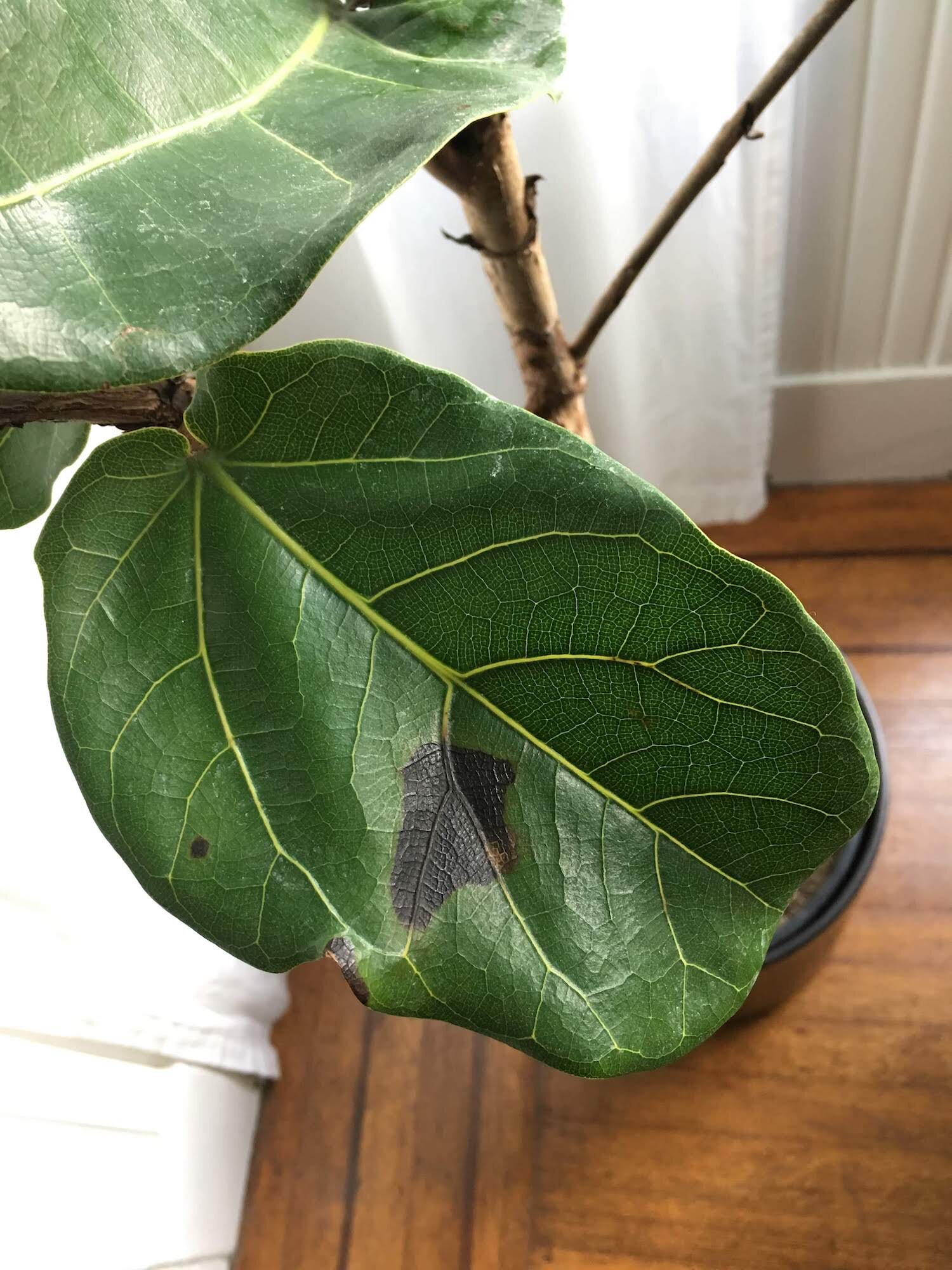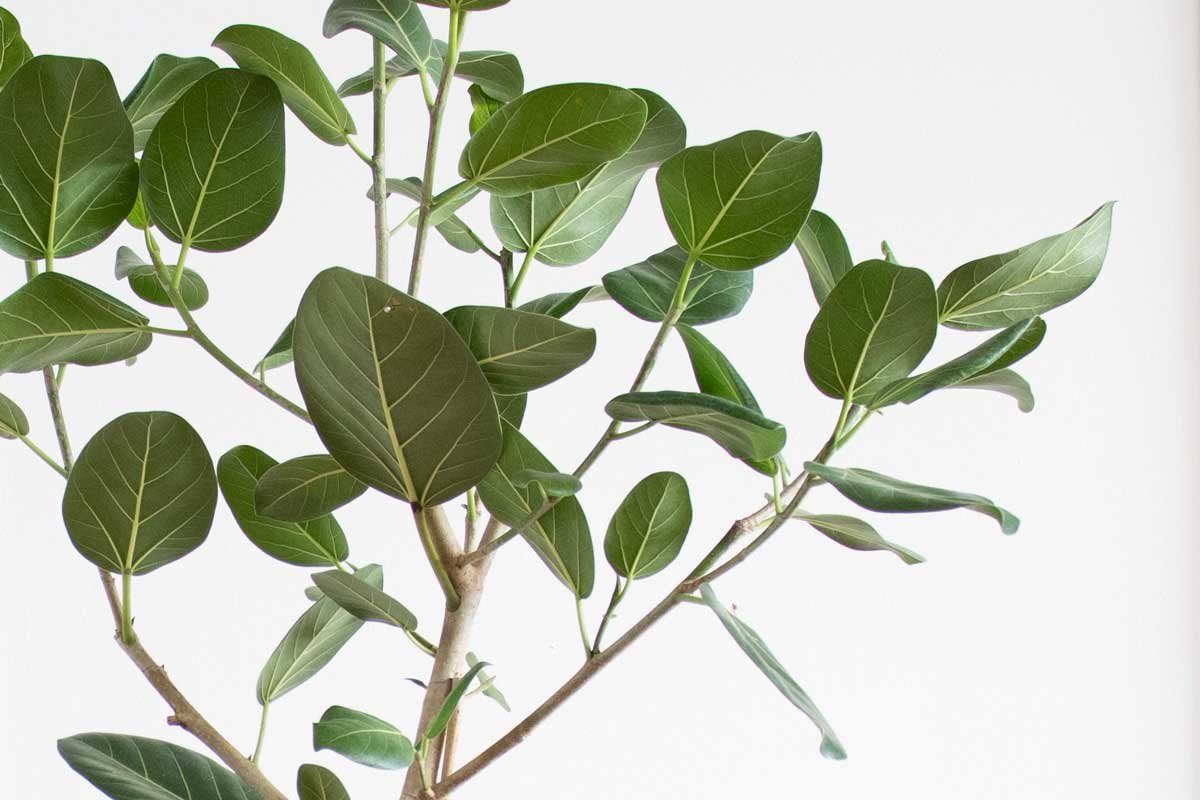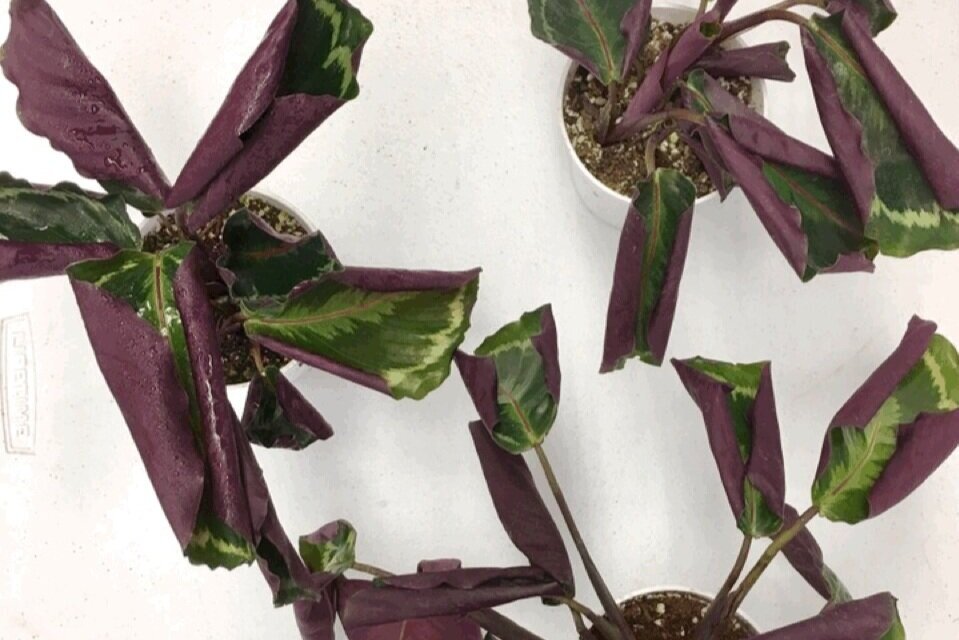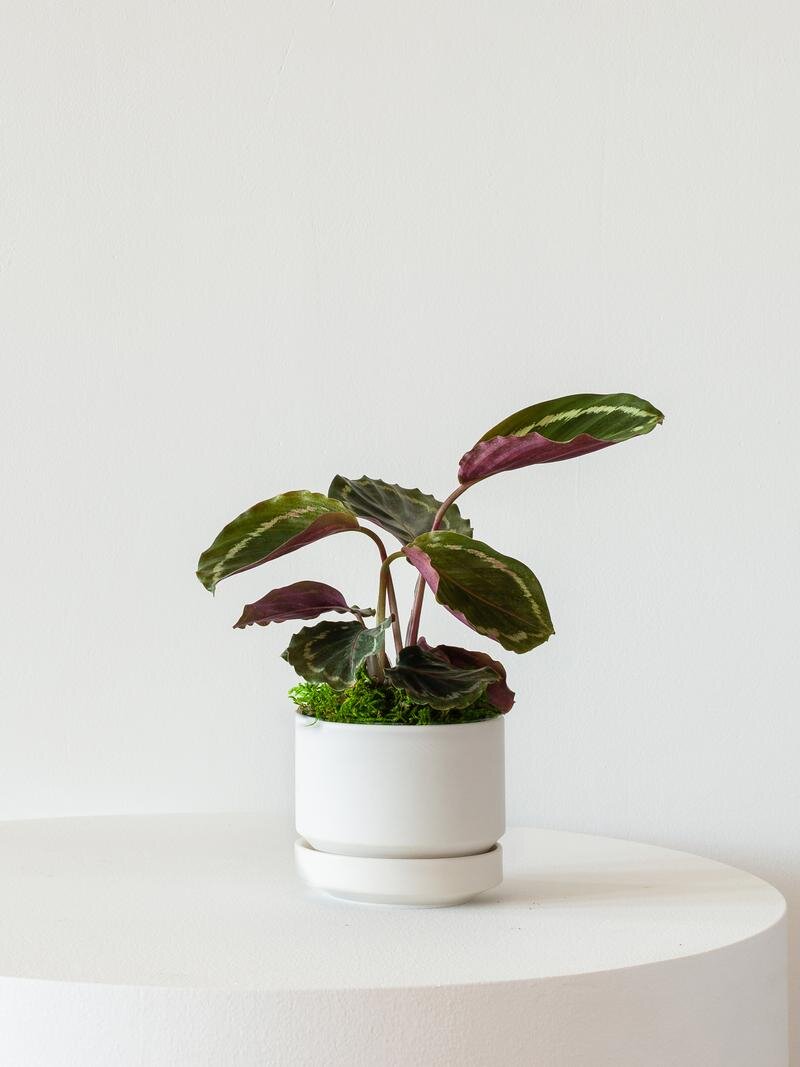House plants like the tropical Money Tree, known for its lush foliage and impressive canopy, are believed to bring good luck and fortune according to the teachings of Feng Shui. These are easy to grow and typically require simple care, making them a favorite in many greenhouses and homes. However, even these favored plants have their challenges (in addition to not making it rain 💵). Here are the most common ailments and solutions to make your Money Tree blooming:
Leaf Discoloration
Yellow leaves are a sign that your plant needs more light. White spots or browning leaves could mean that your plant is being burnt in direct light. Money Trees prefer bright, indirect light - somewhere near a window but not in the path of direct sun, nestled inside suitable pots. Check out our illustrated light guide for more information on assessing your light, or take a deeper dive into Money Trees and yellow leaves.
Leaf Drop and Wrinkles
The culprit? Temperature fluctuations! Native to the tropics of Central and South America, this gardening favorite thrives in warm and humidity-rich environments, ideally somewhere between 55F to 75F. To mimic its native greenhouse environment, consider adding misting to your routine between waterings. Read our complete guide on Money Trees’ wrinkled leaves.
Trunk Health
Arguably the most impressive part of the tree, the trunk can suffer from root rot due to overwatering and become soft, soggy or wrinkly. The trunk may also dry out if not watered enough (though this usually only happens in extreme cases of underwatering). A general gardening tip for these plants: Money trees like their soil on the drier side with good drainage. Always ensure the soil feels dry before you water again. And don't forget to repot and fertilize periodically, as well as carry out occasional pruning. Be on the lookout for pests, and if you notice any, address them promptly to maintain your plant's health.
The Money Tree Collection
Considered a powerful symbol of good luck and prosperity, The Braided Money Tree has a meticulously-braided trunk under a beautiful canopy of leaves which expand with time. Explore our full collection of Braided Money Trees in various shapes and sizes.







